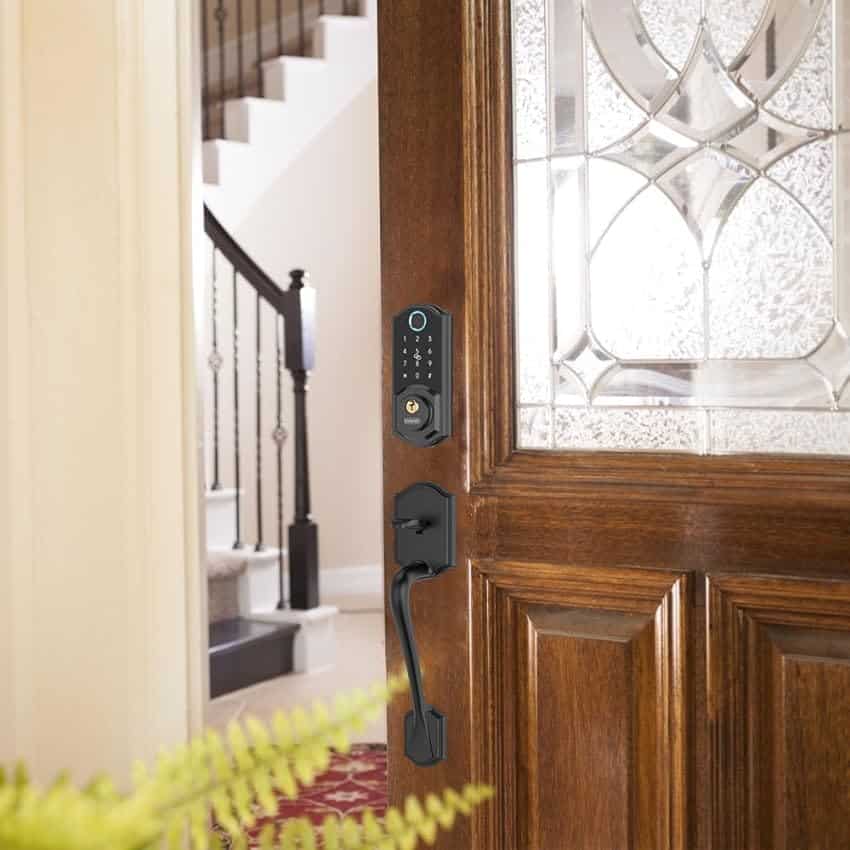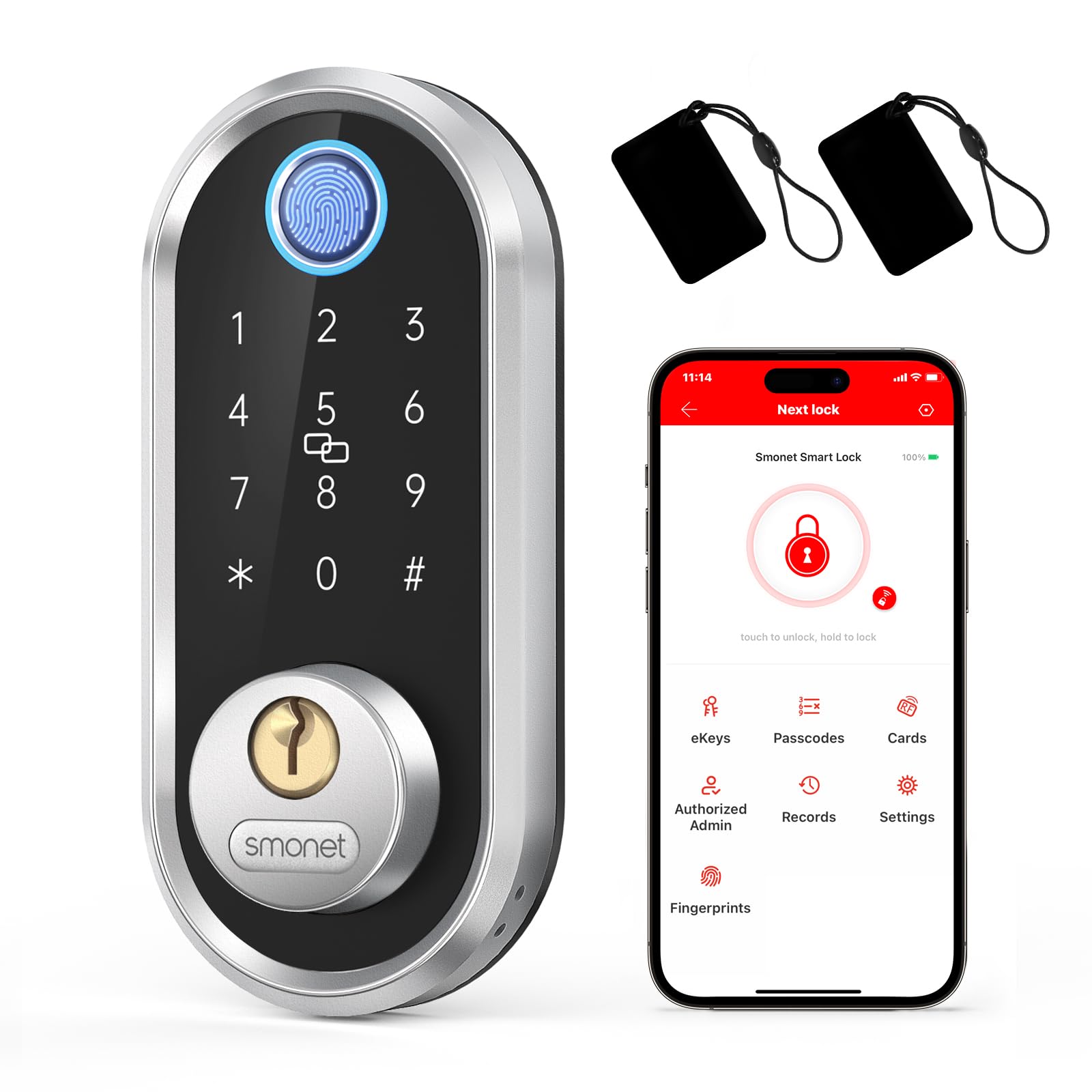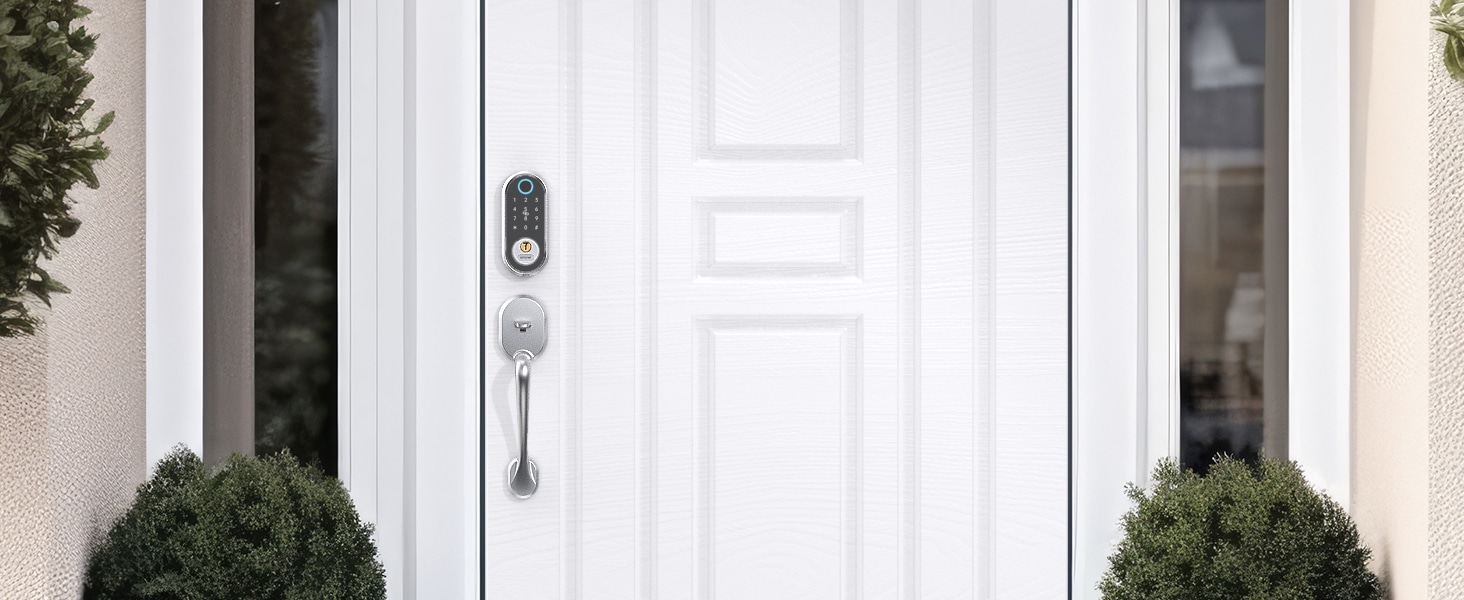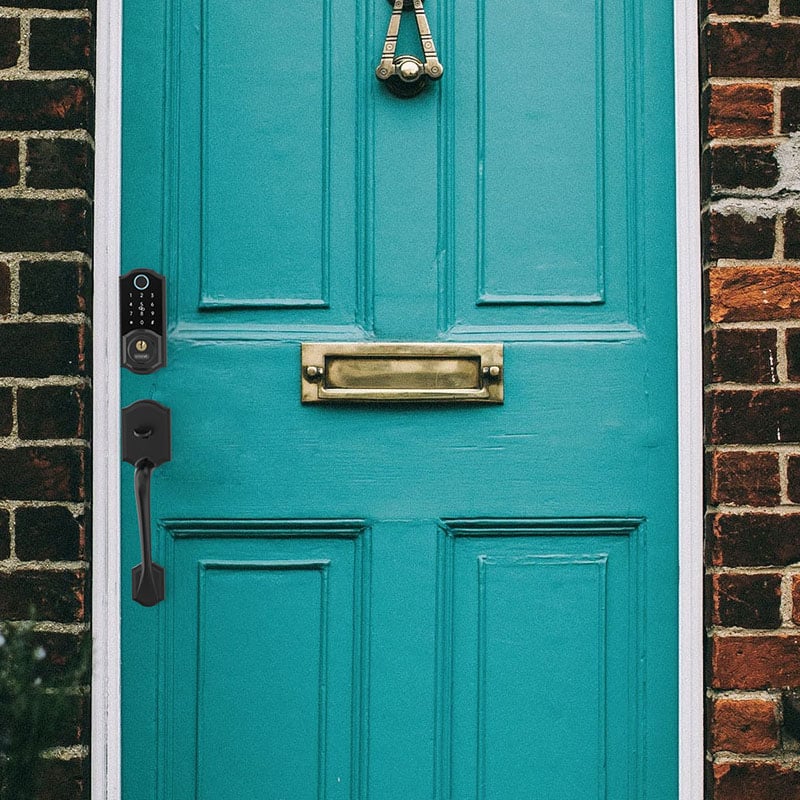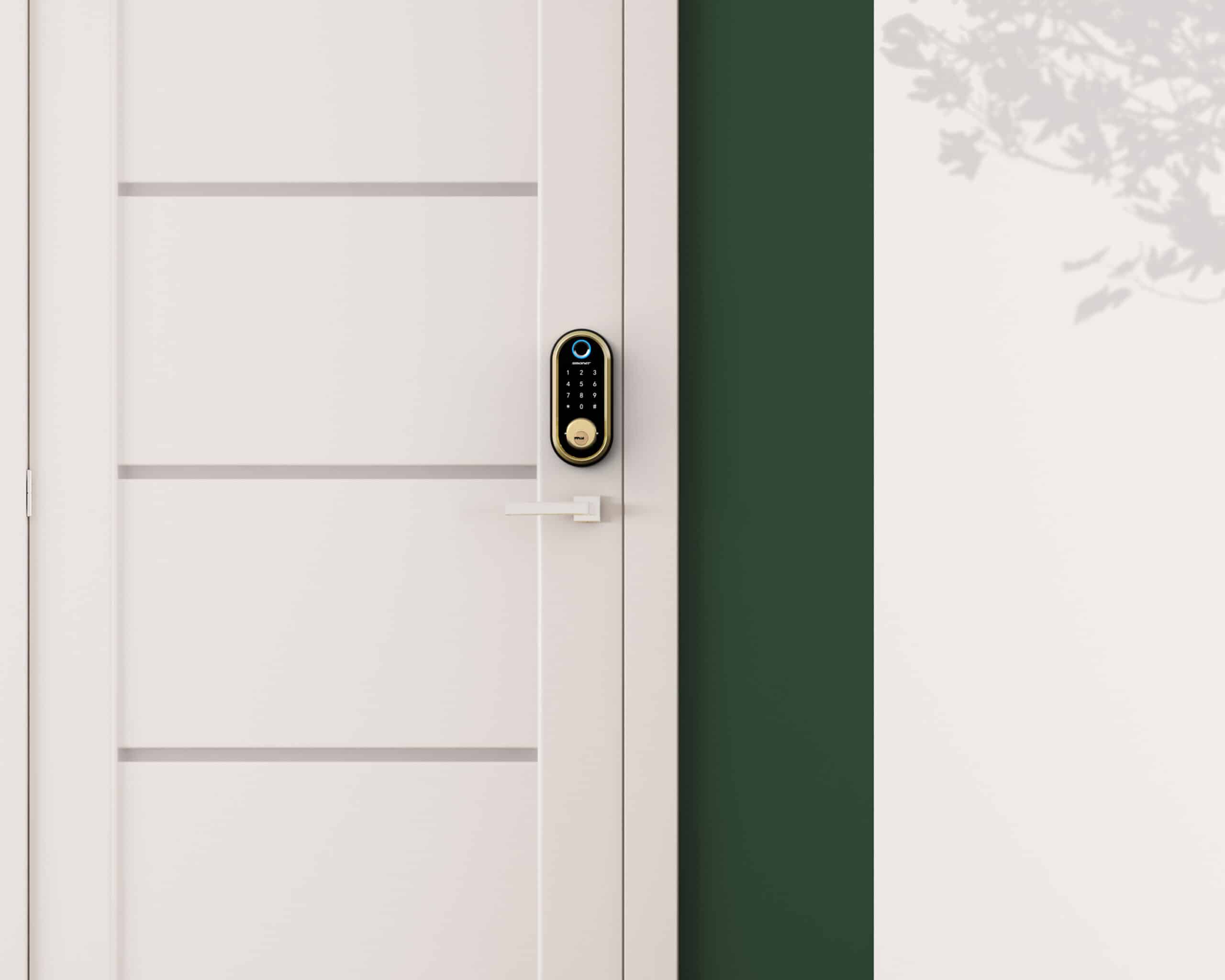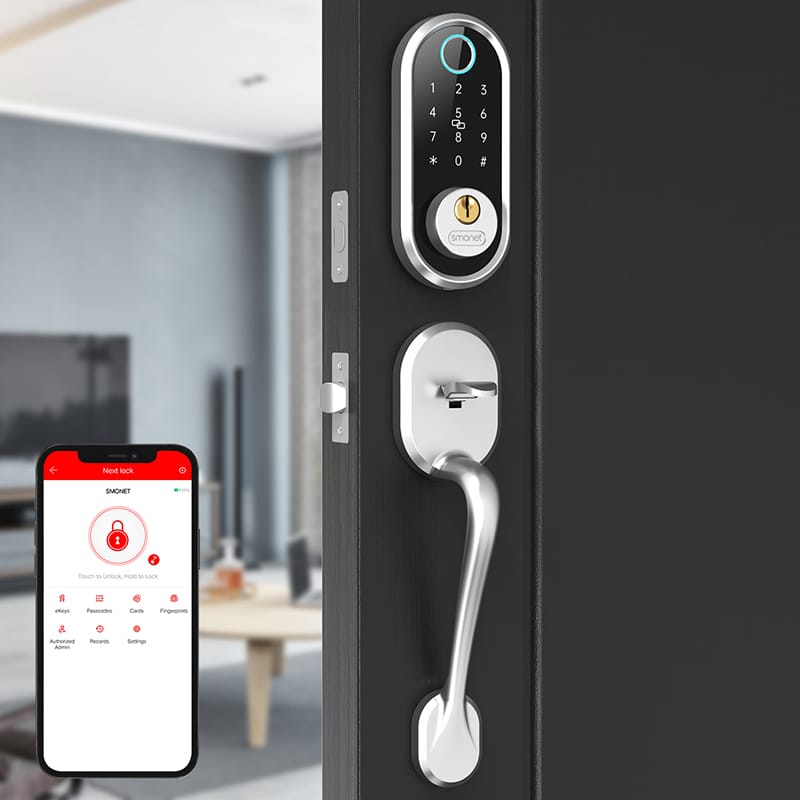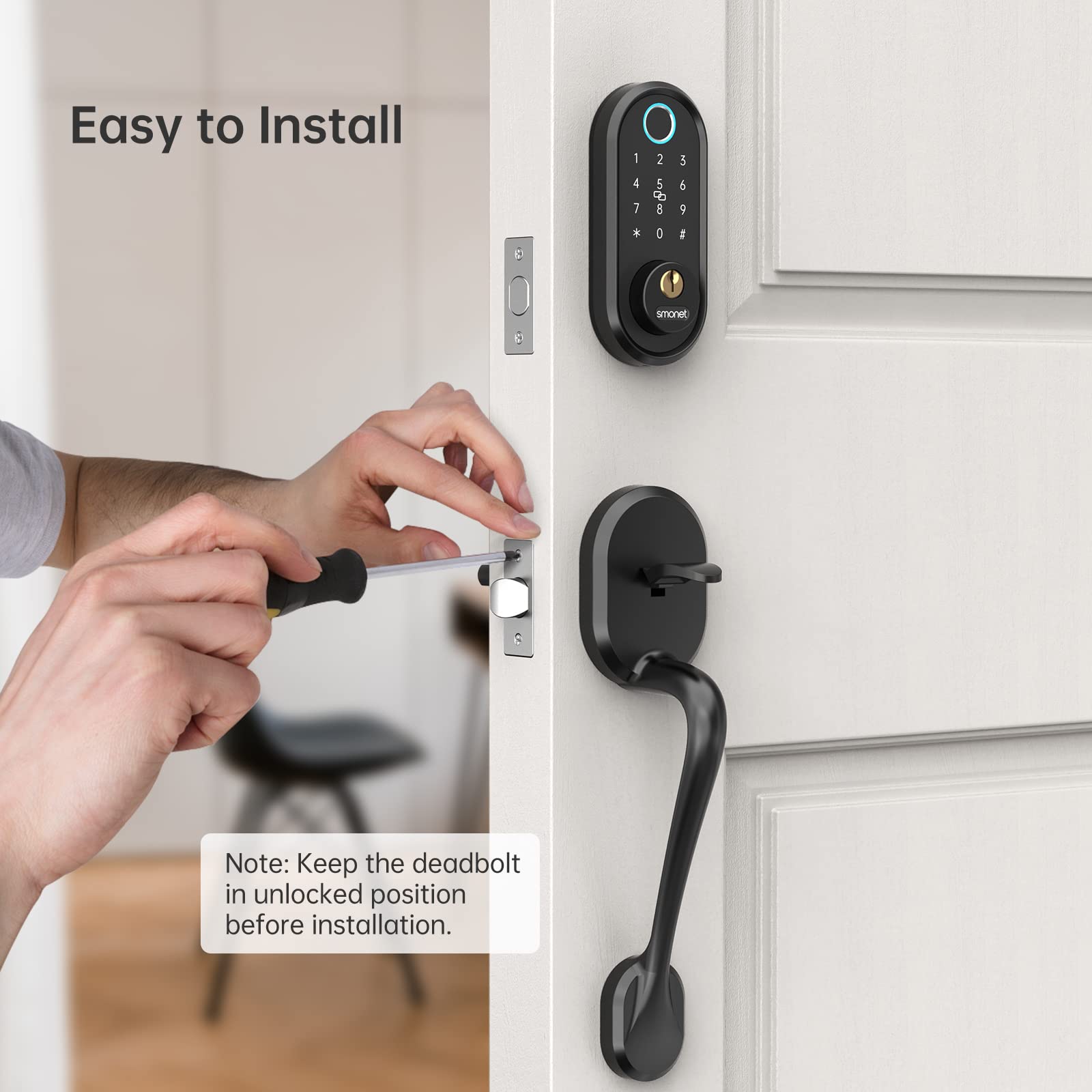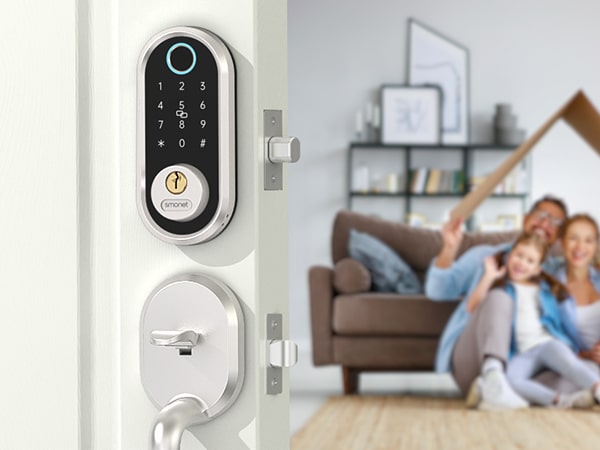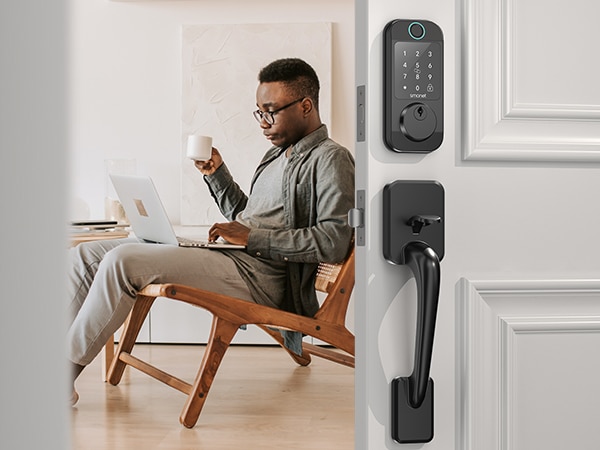Unlock Safely How Gate Lock With Fingerprint Protect And Manage Fingerprint Data Privacy
Incorporating fingerprint recognition, digital locks establish a robust security framework that blends convenience with advanced technology. While these locks eliminate the hassle of physical keys or remembering passcodes, there is a valid concern about how these systems protect the privacy of the fingerprint data they store. Let’s decode and understand the various efforts undertaken to ensure these systems are as secure as they are user-centric.
Fingerprints, like any biometric data, are fundamentally unique to each individual. They represent an inherent part of a person’s identity. As such, preserving the privacy of this data is of the utmost importance.
To manage and protect this sensitive information, fingerprint digital lock systems employ several security measures:
Data Encryption:
The raw fingerprint data is never stored as it is. Instead, the system converts it into a digital template using an algorithm, which is then encrypted before storing. This encrypted data is meaningless if viewed or accessed by unauthorized individuals.
Data Pseudonymization:
In pseudonymization, the identification data is replaced with artificial identifiers. Even if the data were to be intercepted, the fingerprints wouldn’t be linked to a specific individual, safeguarding individual identity.
Local Data Storage:
Most of these fingerprint door locks don’t send or store fingerprint data over the internet. Instead, the information resides locally within the lock system, reducing the risk of remote cyber attacks.
For Smonet smart fingerprint door locks that are part of a larger smart home ecosystem and require data transmission, secure communication protocols such as SSL/TLS are used to encrypt data during transit.
Regular system updates ensure that the security mechanisms are not outdated and can ward off new potential threats.
The Role of User in Privacy Protection
Users also play a pivotal role in securing their biometric data:
Before using any such system, users should thoroughly understand the privacy policy of the digital lock. They should ensure they give their consent only after they’ve understood how the fingerprint data will be used and protected.
Users must ensure that the lock software is updated regularly as these updates often provide necessary security patches.
Protecting the privacy of fingerprint data is a top priority for digital lock manufacturers. Through the use of encryption, pseudonymization, and locally stored information, among other measures, these systems maximize data protection. Consent and regular updates from the user further add to the effectiveness of these safeguards. Smonet fingerprint smart door lock systems, therefore, continue to provide a revolutionary synergy of security and convenience with sufficient regard for data privacy.
Prime Day OFF
Until the End
-
Master Of Cleanliness: Visual Guide To Recognizing And Understanding Your Electric Pool Cleaners
-
Making the Right Choice for A Best Keypad Door Lock: A Guide Based on Material Consideration
-
The 7 Most Common Types of Locks for Home and Office Security
-
Door Knob With Fingerprint Identification- The Future Of Home Security
-
Selecting the Ideal Digital Door Lock Style and Color for Your Abode
-
Evolution Of Security- Smart Door Key Lock
-
Mailbox Digital Lock- Reinventing Mail Security In The Digital Age
-
Exploring Alternative Unlocking Solutions - Smart Lock Fingerprint Cards and Wristbands
-
Touch Id Door Locks- Next-Generation Security At Your Fingertips
-
Smonet Home Door Lock- The Future Of Home Security

